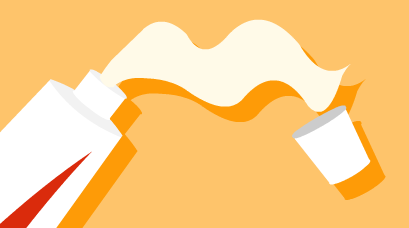What do Pere, Nina and Frederic have in common? The burns done! The three of them went to see the doctor because they got burnt. But each one of them got burnt in a different way.
 |
Pere was playing for such a long time on the beach without protecting himself from the sun, that his shoulders and his nose got burnt. |
 |
Nina got burnt because a cup of hot chocolate that had just been made was spilt on her thigh. And as the song says: “the chocolate was so hot, so hot, that my leg got burnt.” |
 |
Frederic touched the iron just when his father had unplugged it. He wanted to find out if it was hot. And yes, it was. |
The three of them have learnt that burns are painful, and that the best is to avoid them. The secret is to be careful.
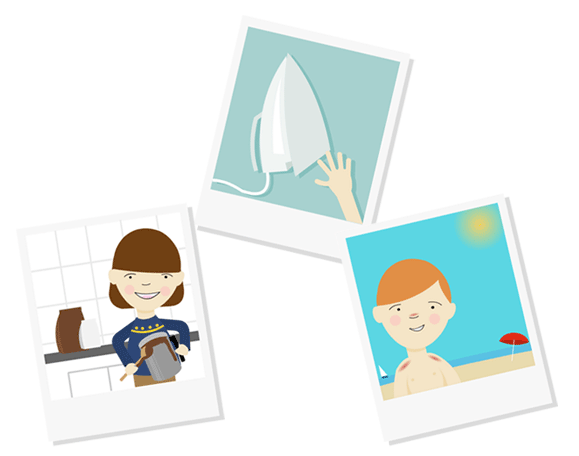
What are burns?
 |
Burns are wounds on the skin that are caused by heat, electricity, cold, sunshine, chemical products or radioactivity. The higher the temperature is and the longer we are exposed to any one of these elements, the more serious the burn will be and therefore, the risk of complication will be greater.
If we keep at a safe distance from the fire, and we use protection when we are sunbathing, we won’t get burnt. |
Curiosity, sometimes, burns
Children under 4 years old are the ones that get burnt the most. Normally it is because they put their hand on the fire or touch a socket without knowing that it is very dangerous.
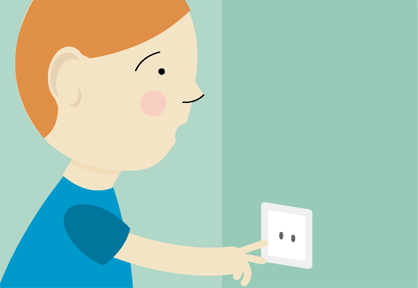
Be careful with curiosity! It is great to be curious, but before doing anything, think if there is any risk of getting burnt or hurt.
At home we should always be on the lookout. Avoid hot irons, pans on a hot stove, and sockets or plugs, and you will avoid the risk of getting burnt.
Grandparents can also get burnt quite often because when people get older, they lose sensitivity and reflex.
Types of burns
Our skin takes care of protecting us from the external elements (wind, heat, insect bites, and many other things). Also it controls the temperature of our body. Skin is made up of different layers, one on top of the other.
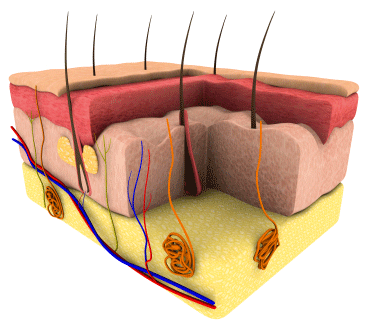
Burns can affect the top layer of the skin or, the other layers as well (the ones that we don’t see). We can classify burns according to their depth:
| First degree burns: affect the external layer of the skin. They are superficial and cause pain, a burning sensation, and tightness; the skin can redden and get inflamed. It is the typical burn produced from a long exposure to the sun without protection.
Second degree and superficial burns: affect the external layer and a few internal layers of the skin. They cause pain, redness, inflammation and blisters. Third degree burns: affect all the layers of the skin. They are not painful (because the nerves that transmit the sensation of pain are also damaged). The skin becomes whitish, dark or carbon coloured |
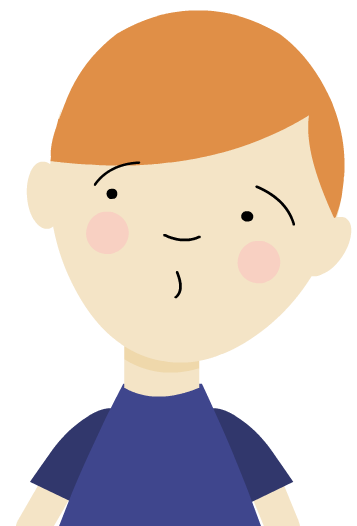 |
What should we do when we get burnt?
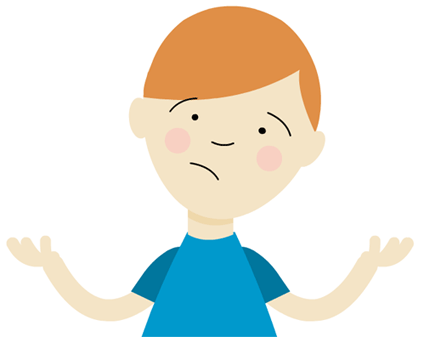 |
The first thing that should be done is to remove the person from where he/she is getting burnt, and go straight away to find help from an adult or a responsible person. And then, without wasting any time, go to the medical centre so that the burn can be seen to and cured. |
Is the burn serious?
To know if a burn is serious, we must focus on the quantity of skin that has been burnt, the depth of it, and where the wound is.
The larger and deeper the wound is on our body, the more serious it will be. The ones that are more critical are on the face, neck, hands, genitals and/or the joints (knees, elbows, back…). Even if they are small, don’t overlook them.
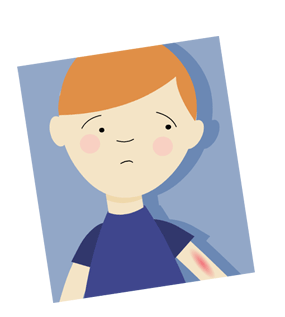
Can we burst blisters?
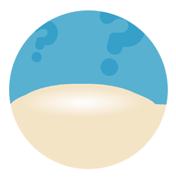 |
When we get burnt, blisters usually appear. They are called water-blisters and they are bags of liquid that form on the skin. If it is smaller than 1 cm and the skin that covers it is thick, it is not advisable to break it. If it is larger, you should go to a medical centre, so that they can empty the liquid and remove the skin that covers it, using special equipment. |
Things that burn
We all know that fire burns, but the list is much longer. Here follows a list of some elements that can be dangerous:
- Lighters and matches
- Fireworks
- Iron
- Sockets
- Hot oil and water
- Drinking chocolate and other foodstuffs if they are very hot
- Lights that are turned on
- Heaters
- Cleaning and chemical products
- Ice (cold also burns!)
- Fireplace
- Grill
- The sun
And many other things.
Remember!The secret for not getting burnt is to be careful.

How can we avoid burning ourselves?
- Don’t play with cleaning products or others that you don’t know what they are used for, or that are dangerous.
- Be careful with crackers and fireworks. Don’t ever light any without the permission or supervision of an adult.
- Don’t play with lighters or matches.
- Keep away from the kitchen stove and the iron.
- Stay away from sockets.
- Although the kitchen stove should be avoided, remember that the handles of pots and pans should not stick out from the stove, and that lids prevent oil and water splashes.
- Make sure that the food is not too hot.
- Don’t touch things that generate heat, such as light bulbs and heaters.
- Don’t play with fire. If there are any embers, do not throw anything into them that may cause flames.
- Apply protective sun lotion suited to your skin type thirty minutes before being exposed to the sun and again after swimming. Put some more lotion on from time to time, even if it is cloudy.
I have been told that toothpaste…
Some advice is harmful for burns, such as:
- Rinsing the wound with freezing water or ice cubes
- Applying toothpaste on the wound
- Using vinegar
- Using alcohol or egg white
Before putting anything on a burn, call an adult.
